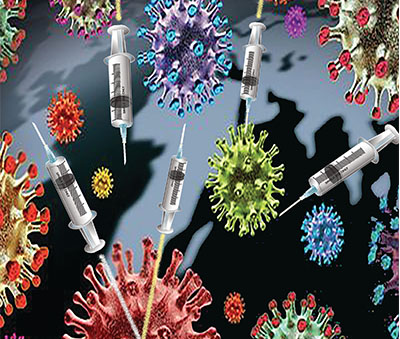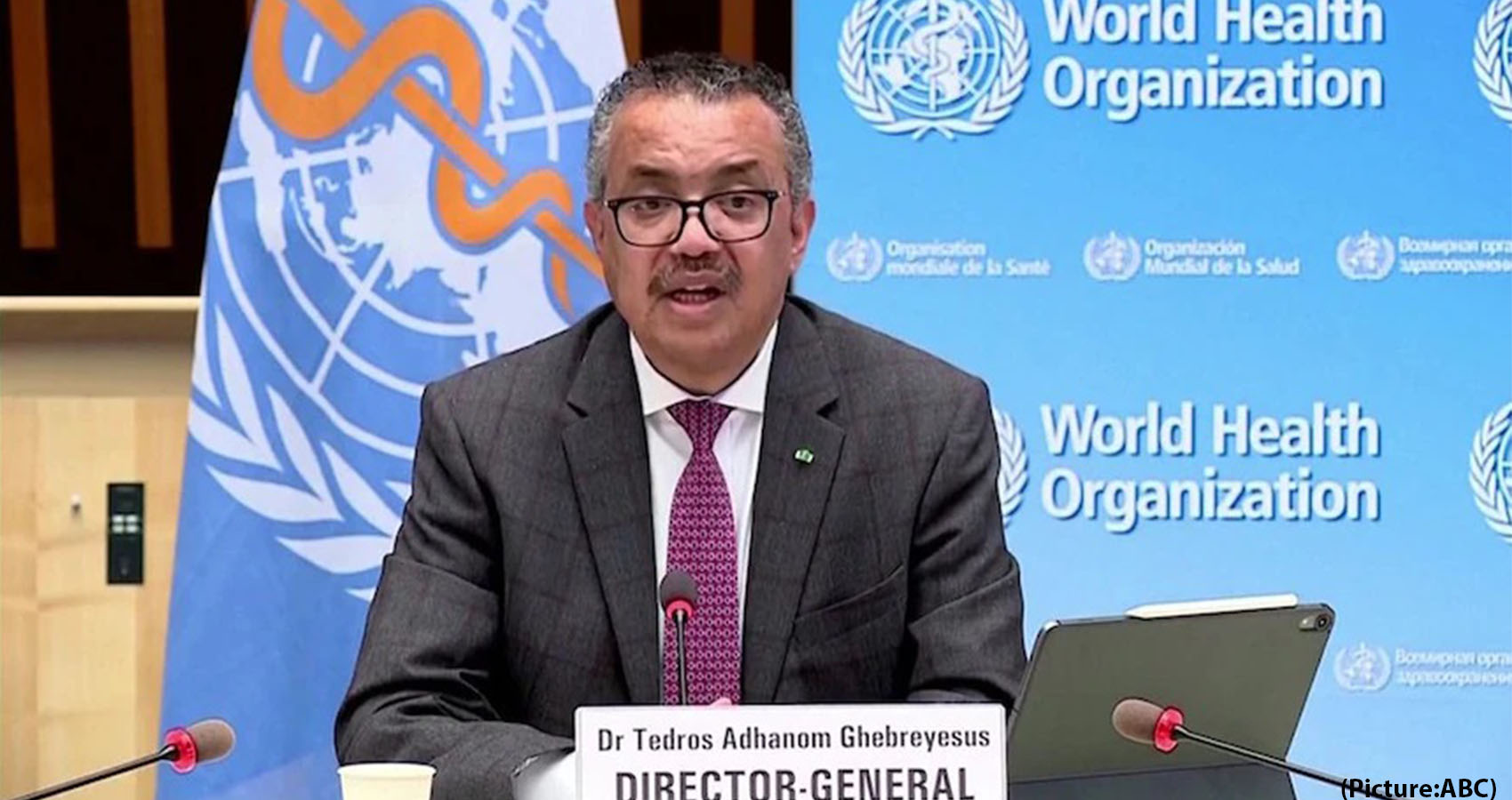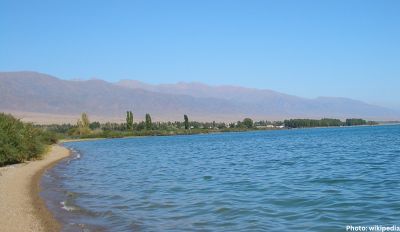The World Health Organization (WHO) has called upon wealthy nations to halt their plans for administering booster doses till at least end of September in order to ensure enough vaccine availability for the less developed and poor nations.
 The agency said the halt should last at least two months, to give the world a chance to meet the director-general’s goal of vaccinating 10% of the population of every country by the end of September.
The agency said the halt should last at least two months, to give the world a chance to meet the director-general’s goal of vaccinating 10% of the population of every country by the end of September.
“We need an urgent reversal from the majority of vaccines going to high-income countries, to the majority going to low income countries,” WHO Director General Tedros Adhanom Ghebreyesus said at a press briefing.
The request is part of Ghebreyesus’ plan to vaccinate 40% of the world by December, according to his senior advisor, Dr. Bruce Aylward.
According to WHO Director General Tedros Adhanom Ghebreyesus, the world needs “an urgent reversal from the majority of vaccines going to high-income countries, to the majority going to low income countries” in order for at least 10% of each country’s population to be vaccinated by end of September and 40% of the world’s population by December.
While booster doses are now accepted as a reality as most vaccines’ efficacy wanes after some months, very few countries have started administering booster shots given that even the first two doses of double-dose vaccines have not yet been given. Countries that have started administering boosters include Dominican Republic, which is not exactly in the club of wealthy nations and has a population of less than Delhi’s. Israel is another country to have announced its decision to administer booster doses to its geriatric population. In the US, the San Francisco Department of Public Health and Zuckerberg San Francisco General Hospital have said they would allow booster dose of the Johnson and Johnson vaccine, which is a single shot vaccine.
Experts have blamed cornering of vaccines by high income countries for the vaccine inequity. High-income countries administered around 50 doses for every 100 people in May, and that number has since doubled, according to WHO. Low-income countries have only been able to administer 1.5 doses for every 100 people.
The European Union (EU), with a population of around 448 million, has ordered enough vaccines to inoculate each EU resident with 6.9 doses. The UK has ordered 8.2 doses per citizen. The US, with a population of 328 million, has ordered enough to administer each of its citizens with 4.6 doses. The case of Canada is even more glaring — for a population of around 38 million, it has ordered enough doses to administer each citizen with 10.5 doses.
Contrast that with countries like Haiti, which only recently received its first batch of vaccines, to administer the first dose. The African Union, on the other hand, has ordered just enough to administer 0.4 doses per citizen.
Added to that is the export restrictions that were imposed by several wealthy nations on vaccines, many of which were being manufactured there. In cases like that of India, the country’s prioritization for vaccinating its own population first coupled with production capacity constraints that have still not been resolved has led to India not being able to fulfil its global obligations for vaccine supply.











